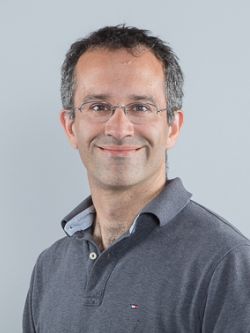Event Date/Time
Location
Series/Event Type
Living organisms build optical and mechanical metamaterials. These intricate nano- and micro-structures rival the best we can manufacture in a clean room, yet they are constructed from naturally abundant resources with sustainable low-energy processes. Made from a wide variety of organic and inorganic components, these materials can be found across nature, from single-celled organisms to vertebrates. In recent decades, basic research has revealed many of the structure-property relationships governing their function, and inspired a wealth of synthetic structures that mimic them. However, an essential question remains: how do living systems precisely control the structure of materials at the nano- and micro-scales?
In this talk, I’ll introduce some fascinating structures found in algae and birds. Although the former are made of silica, and the latter of protein, both structures are thought to share a common physical origin: phase separation. Phase separation is a generic process where a mixture is destabilized and its components spontaneously create multiple domains with different chemical compositions or physical structures. While nano- and micro-architectures naturally emerge during any classical phase separation process, interfacial energy destabilizes them, driving coarsening as the system approaches thermodynamic equilibrium. I will describe our recent experiments showing how elastic forces that emerge during phase separation can prevent coarsening and control the size, shape, and stability of micro- and nano-domains.
Speaker Bio
